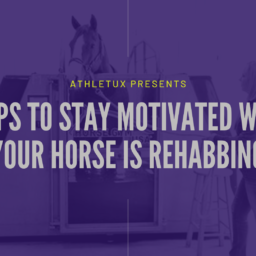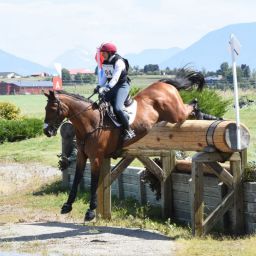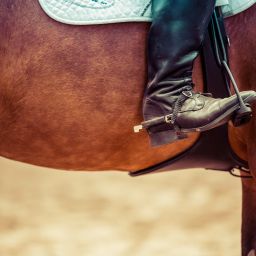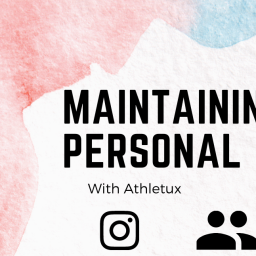
5 things to consider when choosing a helmet for dressage
- Safety: When choosing a helmet for dressage, safety should be your top priority. Look for helmets that meet safety standards, such as ASTM International or SEI certification. These helmets have been tested to ensure that they provide adequate protection in the event of a fall.
- Fit: A helmet that doesn’t fit properly won’t provide adequate protection. Make sure you choose a helmet that fits snugly but comfortably. Look for helmets with adjustable straps and padding that can be customized to fit your head. Be sure to try on several different brands, as they all fit a bit differently. If your helmet is bouncing around on your head or your chinstrap is loose enough to come up over your chin, the judge may not allow you to enter the ring.
- Ventilation: Dressage can be a physically demanding sport, so it’s important to choose a helmet that provides adequate ventilation. Look for helmets with multiple vents or channels that allow air to flow through the helmet and keep you cool.
- Style: While safety should be your top priority, there’s no reason you can’t choose a helmet that looks good too. Look for helmets that come in a variety of colors and styles, so you can find one that matches your personal taste.
- Price: Helmets can range in price from less than $50 to over a thousand dollars. While you don’t want to skimp on safety, you also don’t want to overspend on a helmet that’s more than you need. Look for helmets that provide adequate protection and fit your budget. Remember, if a helmet drops on the ground, even when not being worn, it can compromise the integrity. Also, it is never recommended to buy used helmets, as there may be internal damage that you cannot see.
Safety stats:
According to the Centers for Disease Control and Prevention (CDC), horseback riding is a high-risk sport for head injuries. In fact, horseback riding is responsible for more traumatic brain injuries (TBIs) than any other sport. The majority of these injuries occur when riders fall from their horses and hit their heads.
Wearing a helmet can significantly reduce the risk of head injury while horseback riding. According to a study published in the Journal of the American Medical Association, riders who wore helmets were 70% less likely to suffer a head injury than riders who didn’t wear helmets.
The human skull can be shattered on impacts of 7 to 10 kilometers per hour, and horses gallop at over 60 kph. According to the Brain Injury Alliance of Kentucky, three out of every five equestrian accident deaths are caused by brain injuries, and there is four times the risk of mortality for non-helmeted riders who become injured.















